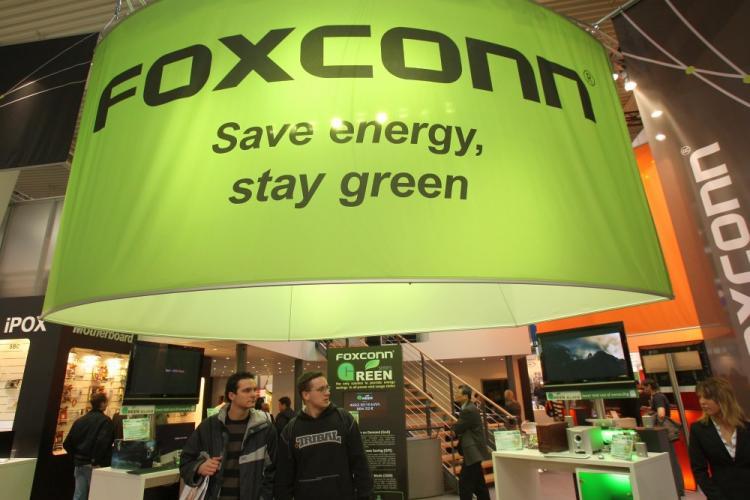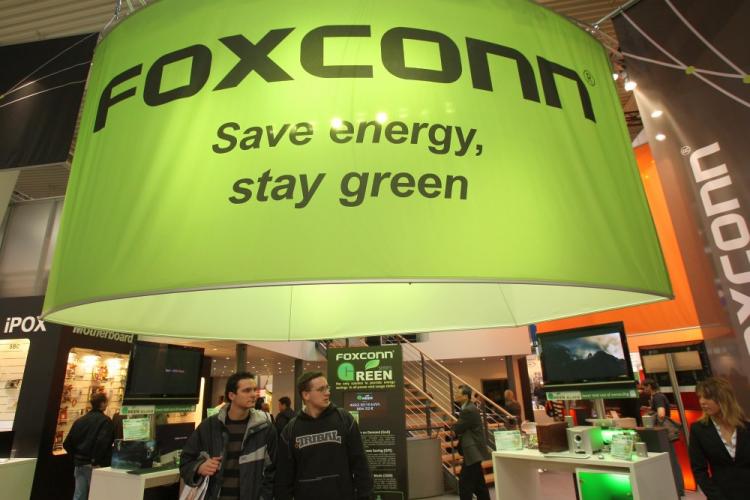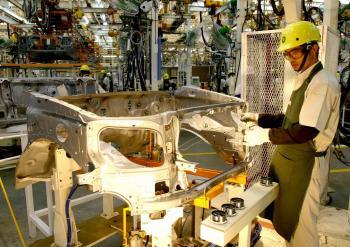Foxconn’s Move Inland Leaves Shenzhen’s Future Ambiguous
Foxconn Technology Group will officially leave the Pearl River Delta area a major manufacturing hub in China.

The stand of Taiwanese electronics giant Foxconn at the CeBIT technology fair on March 4, 2008 in Hanover, Germany. Sean Gallup/Getty Images
|Updated:



